Many glaciers will not survive the 21st century, with five of the past six years registering the most rapid glacier retreat on record.
Major reports and studies published on 18 March by United Nations Water, United Nations Education, Scientific and Cultural Organisations (UNESCO), the World Meteorological Organization (WMO), and the World Glacier Monitoring Service (WGMS) confirmed the matter, read a press release.
This issue portrays a dismal image of climate change while the world celebrated the first-ever World Day for Glaciers on 21 March.
The reports warn of “an avalanche of cascading impacts on economies, ecosystems and communities, not just in mountain regions but at a global level” and of the extraordinary jeopardy changes in mountain glaciers and snow-pack pose to communities, ecosystems, and economies downstream.
The UN Water report, Mountains and glaciers: Water towers, issued to coincide with World Day for Glaciers, states that “the water resources we receive from mountains are literally melting away before our eyes” and confirms that the Third Pole, among Earth’s highest and most extensive glacier systems, are also among “the most vulnerable to ongoing changes” and are “disappearing at an alarming rate.”
While short-term impacts include floods, glacial lake outbursts, and other hazards, in the long term, the study states, “reduced water flows and increased droughts are expected to jeopardise food, water, energy, and livelihood security in the HKH region as well as disrupt ecosystems and escalate risks of conflict and migration.”
Meanwhile, the International Centre for Integrated Mountain Development (ICIMOD), an intergovernmental knowledge and learning centre working on behalf of the people of the Hindu Kush Himalaya (HKH), has responded to the studies.
Based in Kathmandu, the organisation includes eight regional member countries – Afghanistan, Bangladesh, Bhutan, China, India, Myanmar, Nepal, and Pakistan.
Commenting on the reports, ICIMOD Director General Pema Gyamtsho said, “These reports serve as a wake-up call for anyone who thought they were immune to the catastrophic losses of snow and ice that global warming is unleashing on Earth’s mountains. As the studies state, with up to 60% of the world’s freshwater originating in the mountains, ‘we are all ultimately downstream.’
“The studies rightly place mountain cryosphere at the very top of the climate science agenda. They confirm that mountain cryosphere is one of the most sensitive components of the Earth system to global climate change, but also that glaciers in the HKH region, which stores more ice and snow than any region outside the poles, are especially at risk due to their size, significance to massive population centres and crucial industrial activity, and the rate at which they are disappearing – far faster than global averages.”
He said, “In common with other mountain regions around the world, we are seeing a disaster already underway in our cryosphere, as global warming accelerates glacier melt, decreases snow cover, increases permafrost thaw, prompts more extreme rainfall events and natural hazards.
“What is unique about the HKH is that one in every two people in Asia today live in a river basin of one of the 10 transboundary rivers whose headwaters lie in these mountains. These include some of the most food insecure people on Earth. Hundreds of millions of these people, and the agriculture and energy systems on which they depend, are currently growing acclimatized to additional snow and ice-melt from global temperature rise, particularly during the hottest and driest parts of the year. These are resources that the science is certain we are set to lose as glaciers retreat more massively from 2050 on.”
The director general added, “This means that the safety of billions of people, including some of the most vulnerable people on Earth, rely on world leaders and businesses acting now to cut emissions to limit the worst impacts of temperature rise on our glaciers and snowpack.
“At ICIMOD, we will continue to advocate for those deep emissions reductions on the global stage. We will also seek to build adaptation capacity at the government and community level, to increase the flows of finance to our region so they are commensurate with risks, to press for a more holistic approach to management of water resources, underpinned by regional dialogue and transboundary collaboration.”
Neera Shrestha Pradhan, who heads ICIMOD’s Cryosphere and Water group and is one of four global task force leads for the 2025 UN International Year for Glaciers’ Preservation, said, “Every fraction of a degree in warming matters, especially for the state of the glaciers and the fate of humankind. As we observe the World Day for Glaciers (March 21, 2025), it is crucial to recognise the environmental, social, and economic significance of glaciers and the urgent need for cooperation for their preservation.
“This is why we need a comprehensive approach that blends adaptation and mitigation, scientific monitoring with community engagement, and localized resilience strategies to preserve these vulnerable ecosystems, water resources, and the communities that depend on them,” she added.


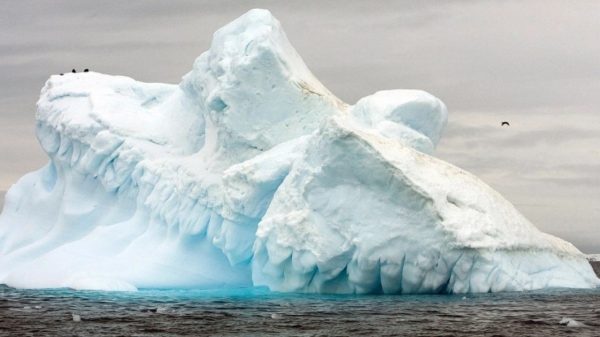


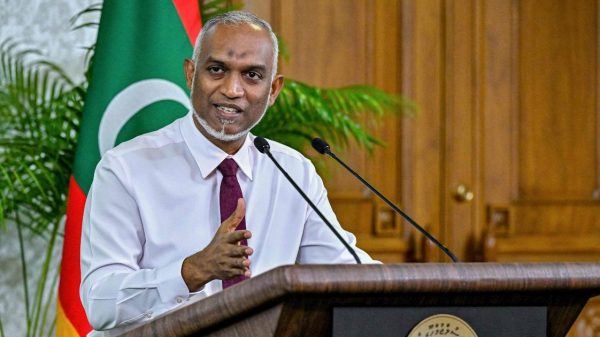


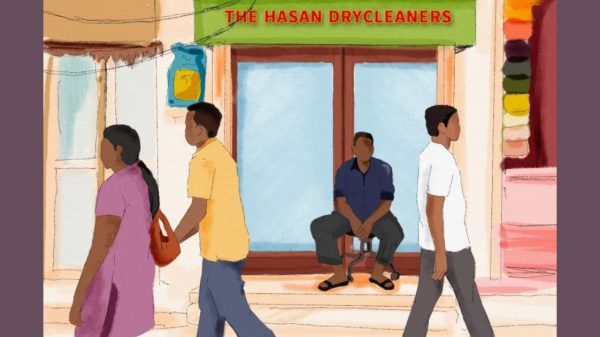





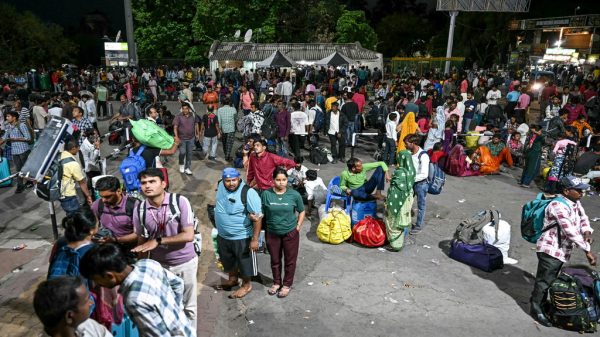


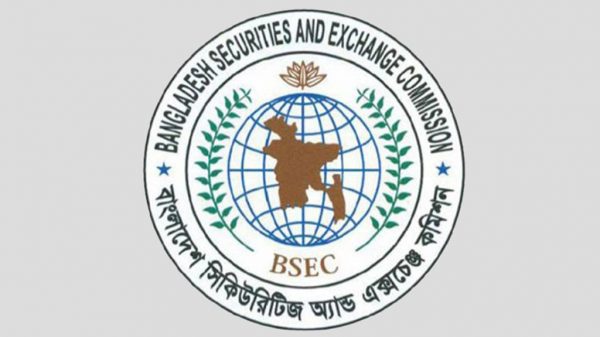
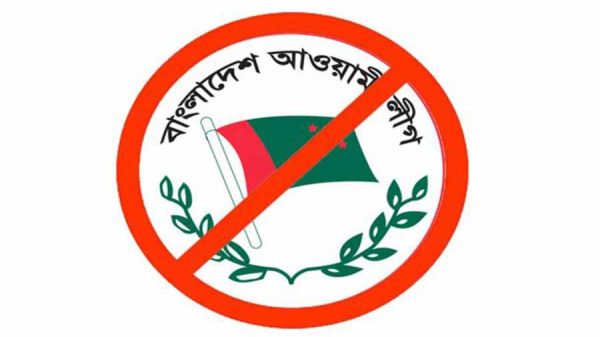
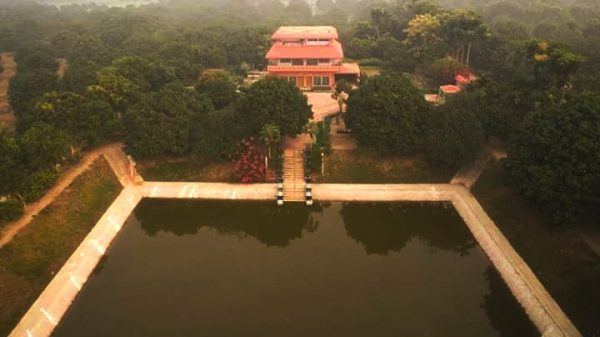




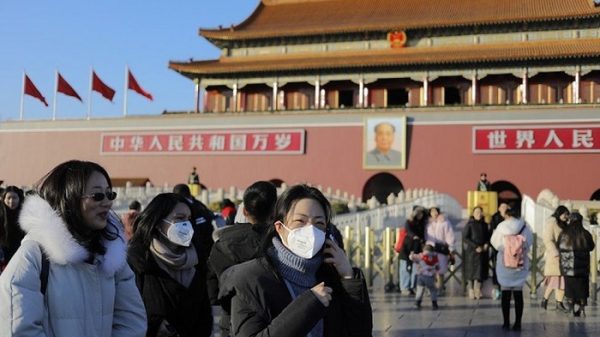





Leave a Reply